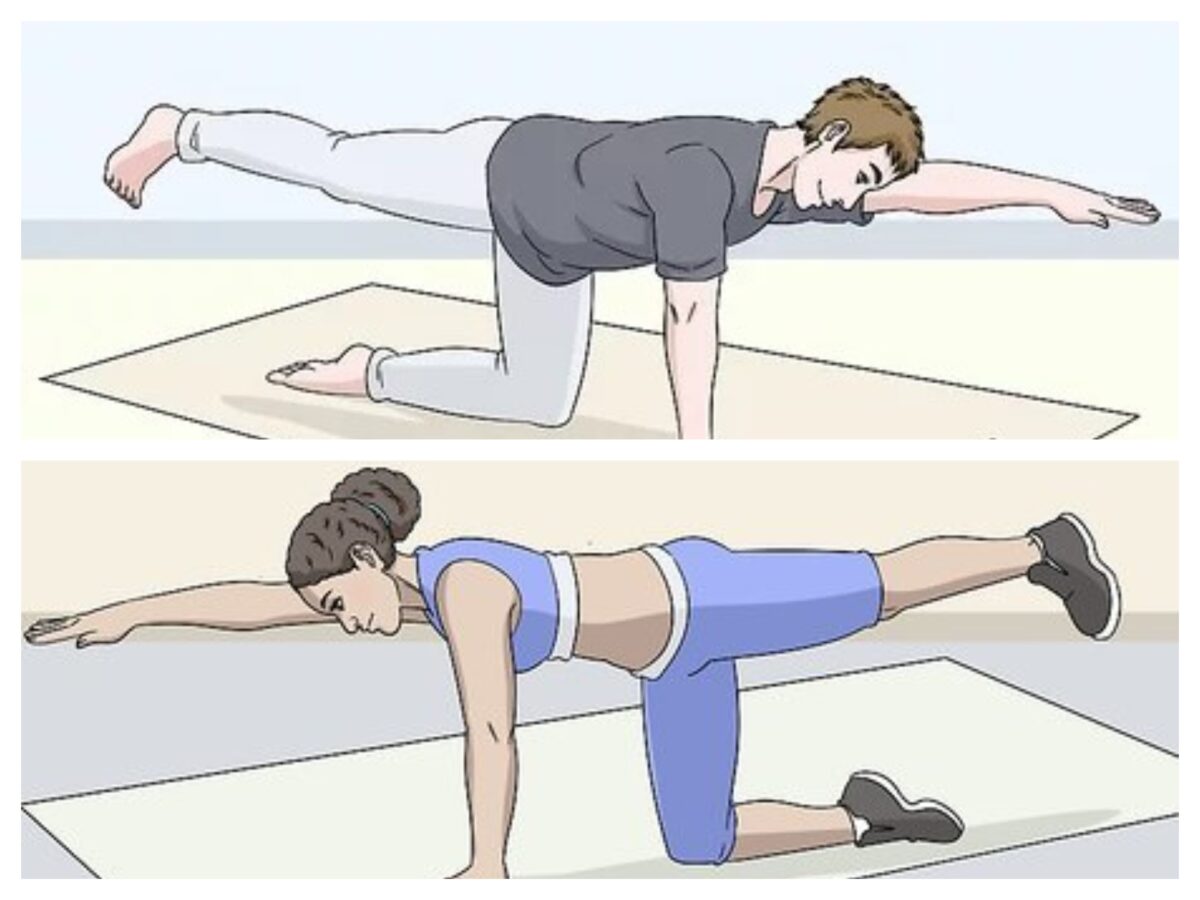Core stability is a term that is commonly used in the fitness world, but what exactly does it mean? The core refers to the muscles in the torso that stabilize the spine and support the movements of the limbs. These muscles, including the transverse abdominis, rectus abdominis, internal and external obliques, and erector spinae, work together to provide a stable base for the body and maintain proper posture.
The importance of core stability in fitness training cannot be overstated. A strong core is essential for proper form and alignment during exercise, which can help reduce the risk of injury. This is especially important for exercises that require balance, such as squats, deadlifts, and plyometric movements. With a weak core, it is easy to compensate with other muscles, leading to poor form and increased risk of injury.
In addition to injury prevention, a strong core can also improve performance. A stable core allows for more effective transfer of power from the legs to the upper body, making exercises like push-ups, pull-ups, and other upper body movements more efficient. Additionally, a stable core can help athletic performance and everyday workload, leading to ease of movement and improved quality of life.
There are several benefits to incorporating core stability exercises into your fitness routine. Here are a few of the most notable:
-
- Improved posture: A strong core helps maintain proper alignment and reduces the risk of slouching, hunching over, or other postural deviations. This can help alleviate back pain and improve overall posture, making daily activities like sitting, standing, and walking easier and more comfortable.
- Increased balance and stability: Core stability exercises can help improve balance and stability, especially in older adults who may be at risk of falls. This is because the core muscles help control the movement of the body, making it easier to maintain balance and stability in daily activities.
- Improved athletic performance: As mentioned previously, a strong core can help improve the transfer of power from the legs to the upper body, making athletic movements more efficient. This can lead to improved performance in sports like basketball, soccer, and other high-impact activities.
- Reduced risk of injury: A stable core can help reduce the risk of injury during exercise, as it helps maintain proper form and alignment. This is especially important for exercises that require balance and stability, such as squats and deadlifts.
- Improved stability in daily activities: Core stability exercises can help improve stability in daily activities like carrying groceries, lifting objects, and even getting in and out of a car. This is because a strong core helps support the spine and reduce the risk of strain or injury.
There are many different types of core stability exercises that can be incorporated into your fitness routine. Some of the most effective include:
-
- Planks: Planks are a great exercise because there is a large number of variations that are great for targeting the transverse abdominis, rectus abdominis, and obliques. They require you to maintain a stable, rigid position while holding your body weight.
- Suitcase carry: Walking with an asymmetric load is quite beneficial for improving stability in a way that mimics activities we would encounter in life suck as its namesake, im sure we have all had to carry a bag of some sort in our life.
- Dead bugs: Dead bugs are a great exercise for targeting the rectus abdominis and obliques. They involve lying on your back and alternating reaching your arms and legs in opposite directions.
- Side planks: Side planks are a great exercise for targeting the obliques and improving stability on one side of the body. They involve holding a stable, rigid position on one side while holding your body weight.
- Bridge: The bridge is a great exercise for targeting the glutes, hamstrings, and lower back. It involves lying on your back with your knees bent and lifting your hips off the ground to form a straight line from your shoulders to your knees.
- Paloff press: We use often use the paloff press as it is a great anti-rotation exercise to train your obliques.
- Supermans: Supermans are a great exercise for targeting the lower back and improving spinal stability. They involve lying on your stomach and lifting your arms, legs, and head off the ground at the same time.
Now, are there differences between women and men when it comes to core stability?
There is some evidence to suggest that there may be differences in core stability between men and women. However, these differences are likely due to a combination of factors such as anatomy, hormones, and muscle distribution, rather than a result of any innate gender differences. The only thing that might be worth mentioning it that women tend to have wider hips in proportion to their knees, which can make it more difficult to maintain proper alignment during certain exercises. This can lead to increased risk of injury and reduced performance if not properly trained.
It is important to note that these differences do not mean that one gender is inherently better or worse at core stability than the other. With proper training and conditioning, both men and women can develop strong, stable cores that can help improve posture, reduce the risk of injury, and improve athletic performance.
In conclusion, while there may be some differences in core stability between men and women, these differences can be overcome with proper training and conditioning. The key to improving core stability is to focus on targeting the core muscles through a variety of exercises and incorporating them into your fitness routine on a regular basis.

